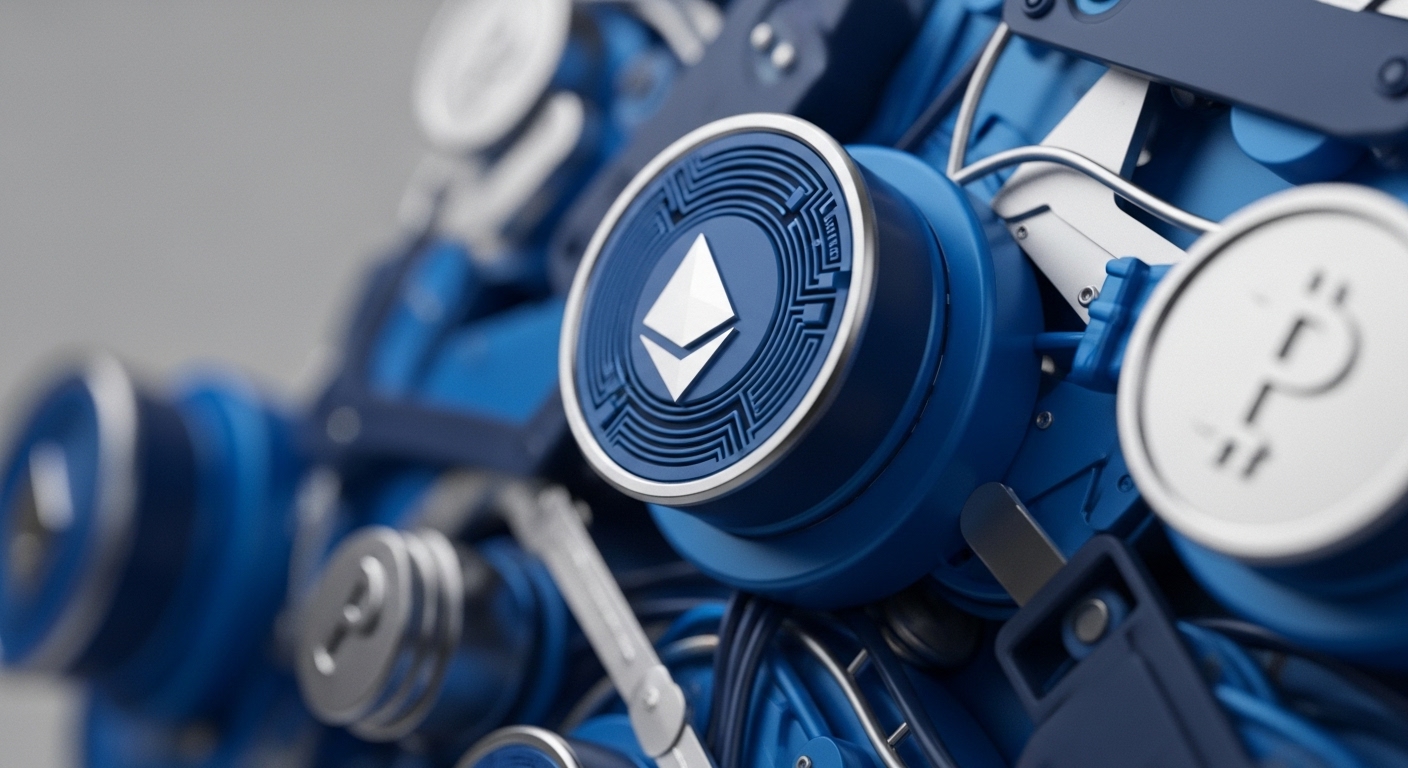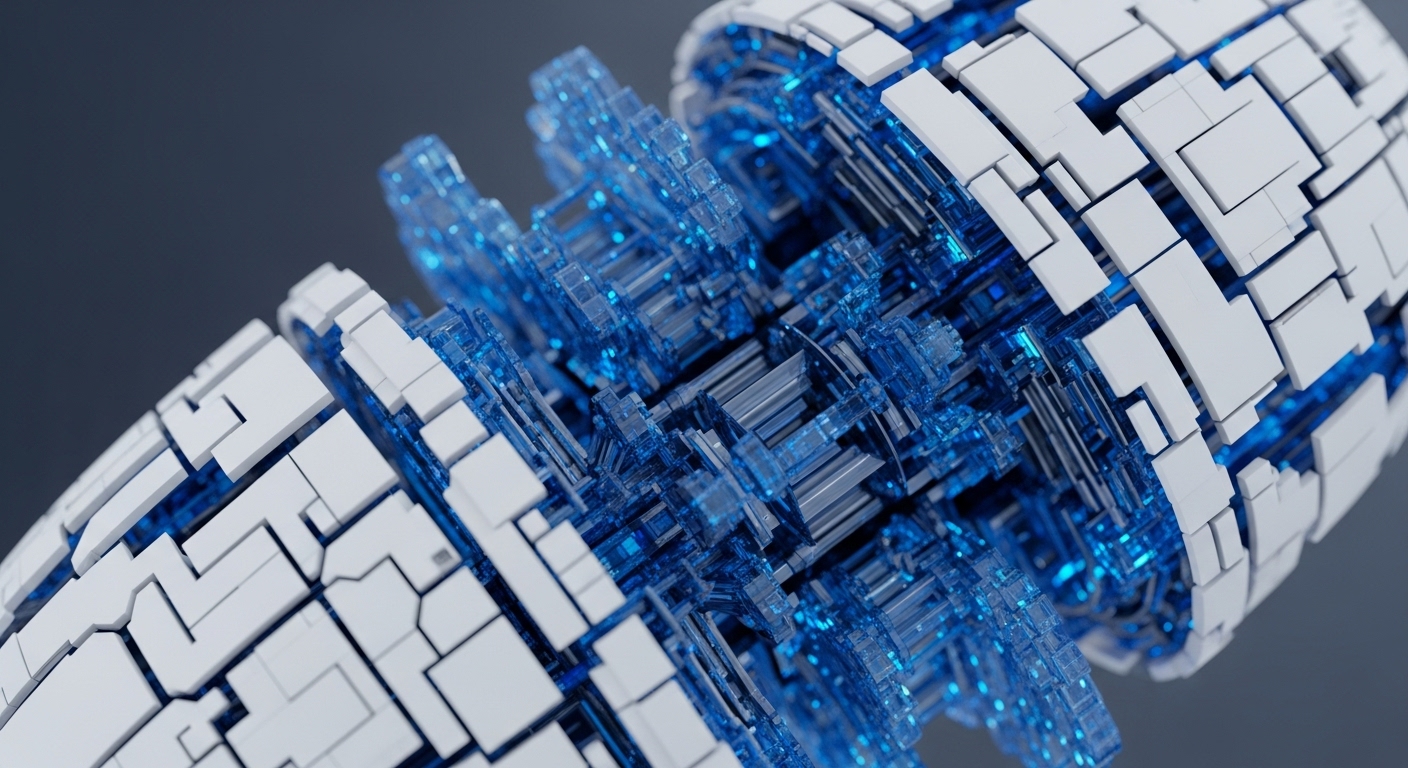
Briefing
The MetaDAO launch of its Ownership Coin model on Solana structurally integrates economic, legal, and governance rights into a single on-chain framework, fundamentally solving the principal-agent problem inherent in most decentralized organizations. This innovation directly addresses the vulnerability where off-chain legal entities control assets, thereby improving trust and capital security for tokenholders. The primary consequence is the establishment of a new, legally-enforceable primitive for digital ownership. This new model has demonstrated immediate market validation, evidenced by the UMBRA project’s token achieving a 700% return from its initial coin offering price.

Context
The decentralized application landscape has long suffered from a structural flaw where on-chain governance tokens are disconnected from the legal and economic realities of the underlying protocol. Traditional DAOs typically combine token-weighted voting with off-chain legal structures like foundations or LLCs, which hold the project’s assets. This bifurcation creates a significant product gap → tokenholders lack enforceable legal claims to profits or assets, leaving them vulnerable to the decisions of the off-chain entity and exposing the project to “rug pull” risks. This fundamental misalignment of incentives has eroded investor trust and suppressed the capital efficiency of governance tokens.

Analysis
The Ownership Coin model alters the application layer by enforcing a binding link between the token and the organization’s assets. The architecture involves an LLC owning all assets, with the on-chain governance mechanism → specifically a Futarchy model in MetaDAO’s case → acting as the sole decision-making authority. This system mandates that all funds raised are held in an on-chain treasury, and any expenditure or token minting must pass a market-based verification process.
The chain of cause and effect is clear → the token is imbued with verifiable, enforceable economic value, directly aligning the financial interests of the founding team and the community. Competing protocols relying on traditional token-weighted voting and opaque off-chain legal structures will face immediate pressure to adopt similar legally-integrated, on-chain accountability primitives to attract and retain sophisticated capital.

Parameters
- Key Metric → 700% Return on UMBRA ICO. This quantifies the initial market premium placed on the new, legally-enforced tokenomic model.
- Total Funds Raised → $9.88 Million. This is the approximate capital raised by projects using the MetaDAO launchpad.
- Underlying Chain → Solana. The high-throughput Layer 1 hosting the MetaDAO launchpad and its governance contracts.
- Governance Model → Futarchy. A decision-making system where market bets on outcomes replace simple token-weighted voting.

Outlook
The immediate forward-looking perspective centers on the potential for this innovation to become the default standard for new protocol launches. This new primitive is highly likely to be copied and integrated by competing launchpads and Layer 1 ecosystems, as it provides a clear competitive moat in investor security. The Ownership Coin concept is poised to become a foundational building block for decentralized venture capital and the tokenization of Real-World Assets (RWA), where clear, legally-grounded on-chain ownership is a non-negotiable requirement for institutional adoption. The next phase will involve tracking the long-term retention and capital efficiency metrics of projects launched under this structure.

Verdict
The Ownership Coin model represents a critical evolution in Web3 organization design, transforming governance tokens from mere voting rights into legally-integrated, capital-efficient digital ownership primitives.
